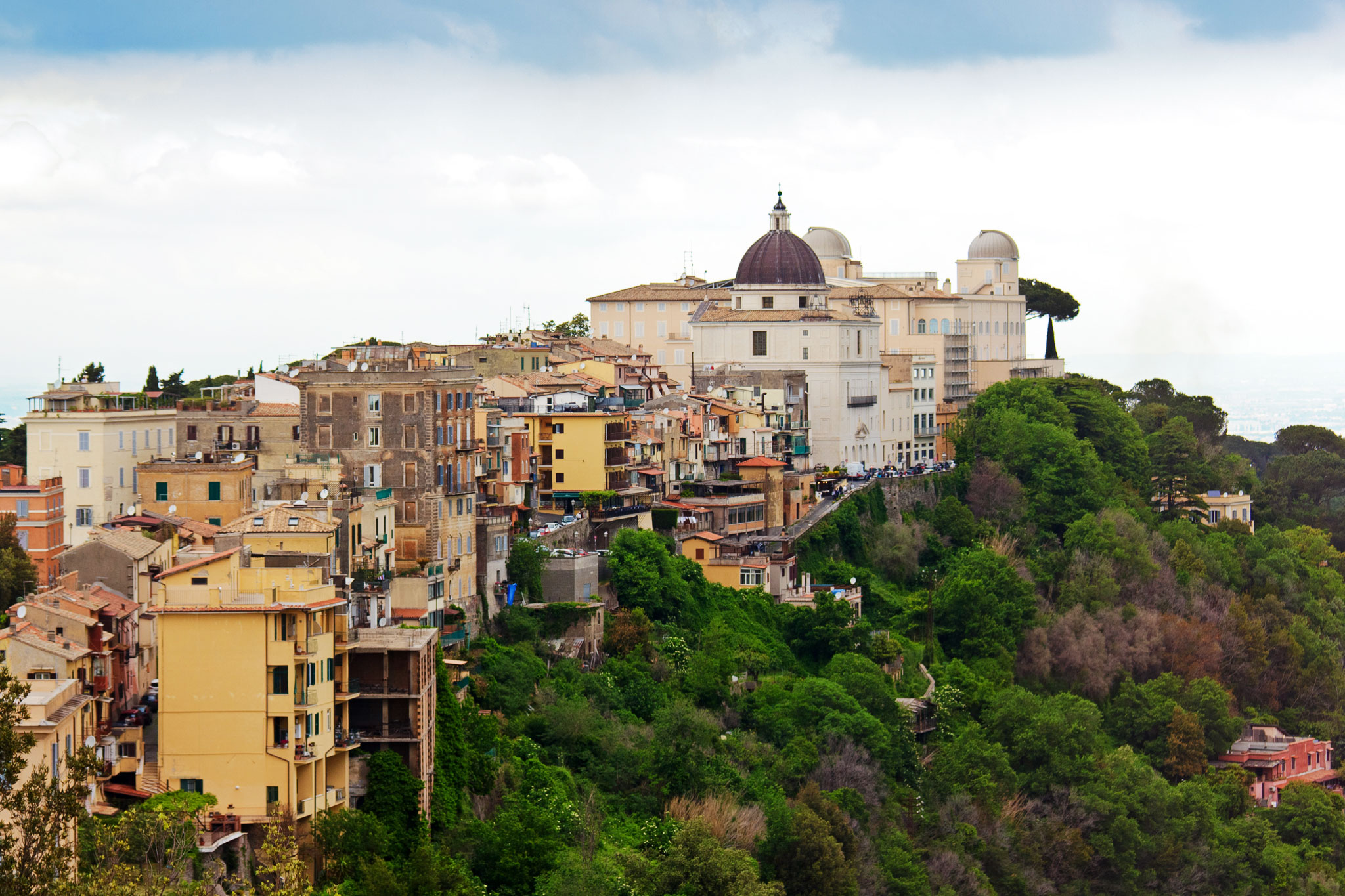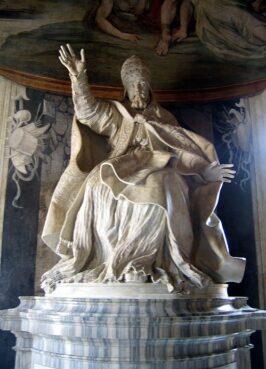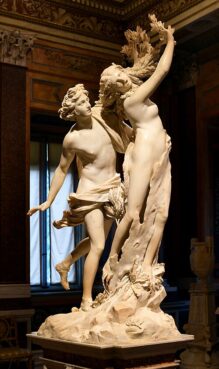
(RNS) — Pope Leo has decided to resume the papal tradition of taking vacations at Castel Gandolfo on the shore of Lake Albano 16 miles southeast of the Vatican.
I for one am delighted. I mean, I loved Pope Francis, paladin of the poor and the immigrant, defender of the Earth. But the guy was a bit of a Debbie Downer, living in that modest guesthouse, nose to the grindstone, day after day, year after year. No vacations for him. Even His Holiness should be able to chill out and kick back every now and then, don’t you think?
That was certainly the view of Pope Urban VIII, who had the old medieval fortress renovated as a summer palace 400 years ago. Urban, I confess, is kind of a fave of mine.

Statue of Pope Urban VIII by Bernini. Photo by antmoose/Wikimedia
True, he was a notorious nepotist, appointing every possible nephew to be a cardinal and spending lots of money on buildings for his Florentine family, the Barberini. Their coat of arms featured three bees, such that the Roman quip was, “He fed the bees; the sheep, not so much.” After he died, the people of Rome rioted and but for a platoon of soldiers armed with cannon, would have destroyed his pal Bernini’s statue of him.
On the other hand, Urban was a great patron of the arts, and an excellent Latin poet to boot. When members of the curia worried that Bernini’s racy masterpiece, “Apollo and Daphne,” would offend straight-laced Cardinal Scipione Borghese, who had commissioned it, Urban said “Ho questo” (“I’ve got this”) or words to that effect and wrote the pious couplet that’s chiseled on its base: “Whoever, loving, seeks the joys of a fleeing form/Fills his hands with leaves or grabs the bitter fruit.” Whatever.
But I digress.

“Apollo and Daphne” by Bernini. Courtesy of Architas/Wikimedia
Urban was so enamored of his digs at Castel Gandalfo that shortly after vacationing there for the first time in 1626, he invited his secretary of state to get out of Rome and join him with a Latin poem extolling the attractions of the place. These included a trip on horseback a few miles south to the grove of Egeria on beautiful Lake Nemi.
Egeria was the divine nymph who, according to ancient Roman legend, taught Rome’s second king, Numa Pompilius, how to use religion to civilize the thugs assembled by the city’s thuggish founder, Romulus. The grove was where, wrote Urban, “the provident virtue of Numa, strengthened, turned a rough and ferocious people from war to a zeal for peace.”
Leo, like Francis before him, has called for a halt to warmaking in Ukraine and the Middle East. And he’s been known to ride a horse through the Peruvian countryside.
I suggest that next month, on his first vacation in Castel Gandolfo, he follow his 17th-century predecessor’s advice and ride down to Egeria’s grove. There may the spirit of Numa strengthen his efforts to promote a zeal for peace in our increasingly rough and ferocious world.
